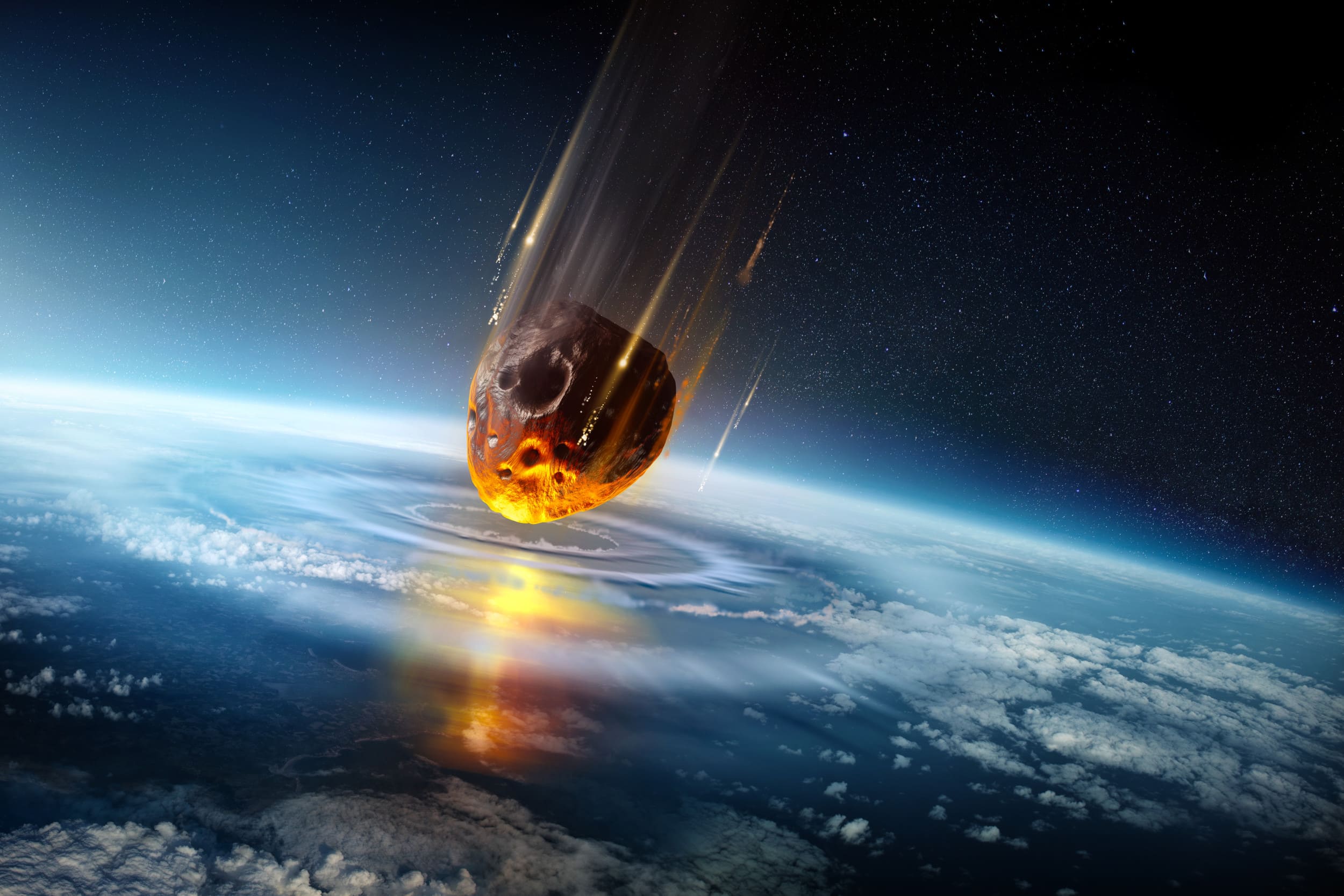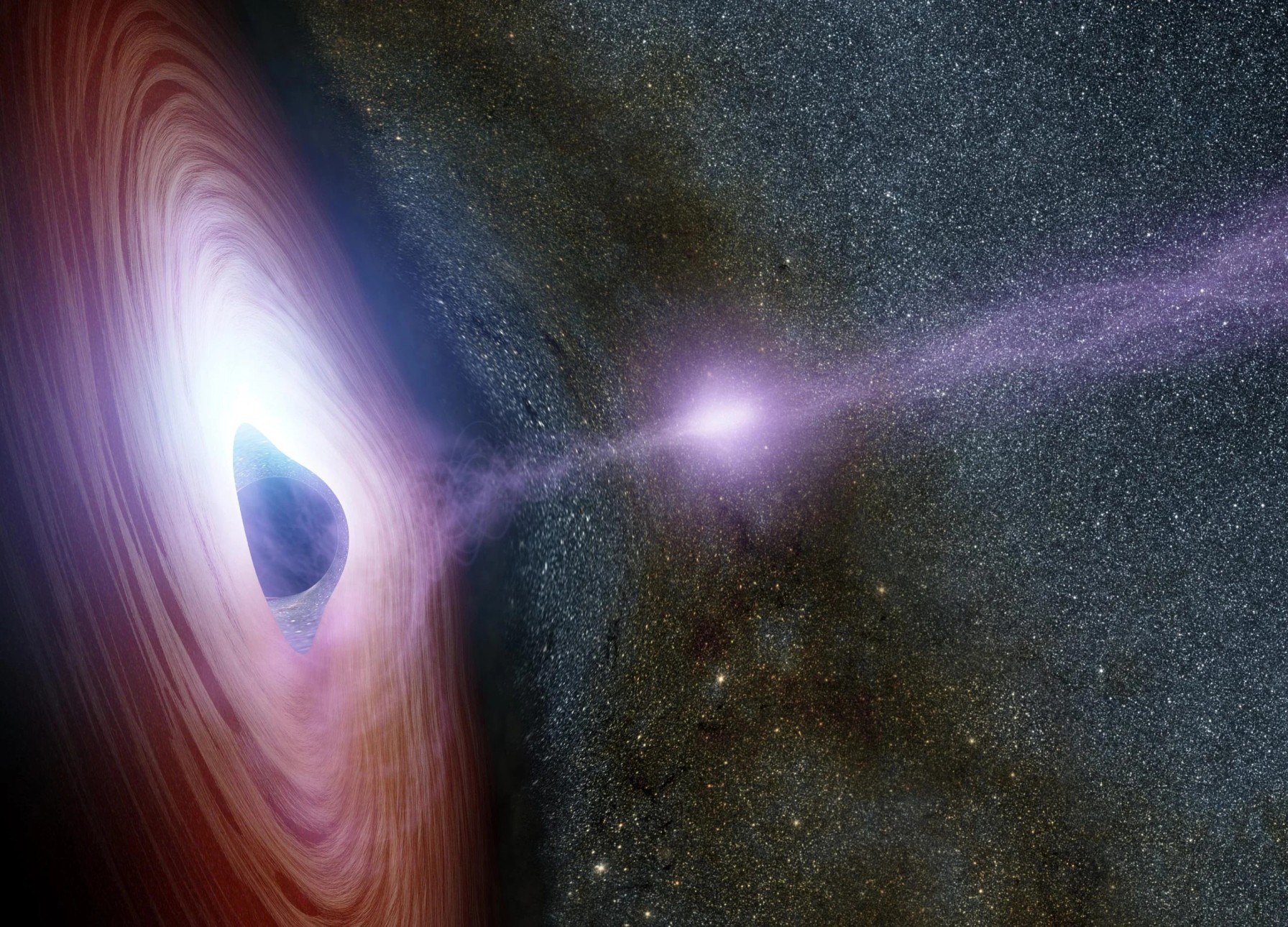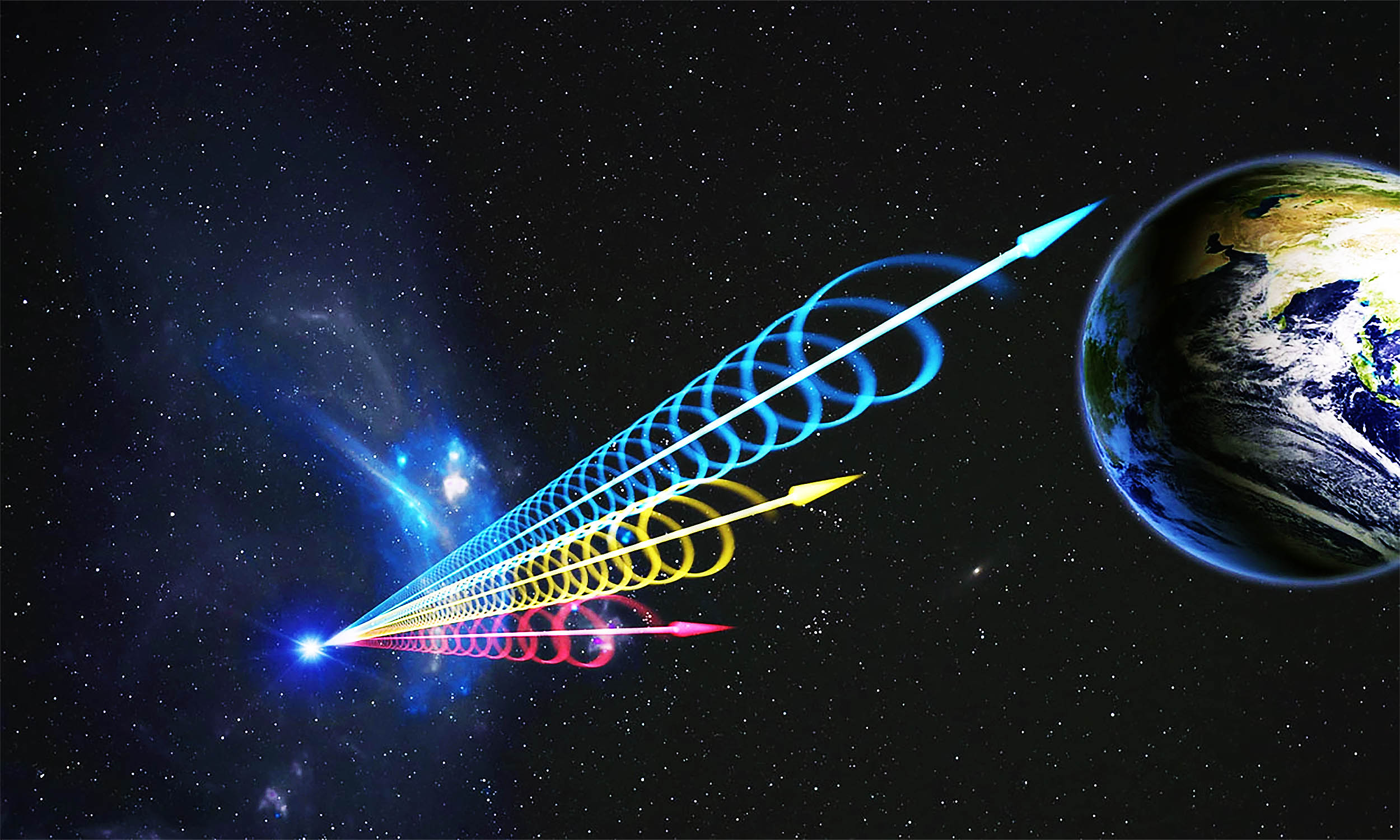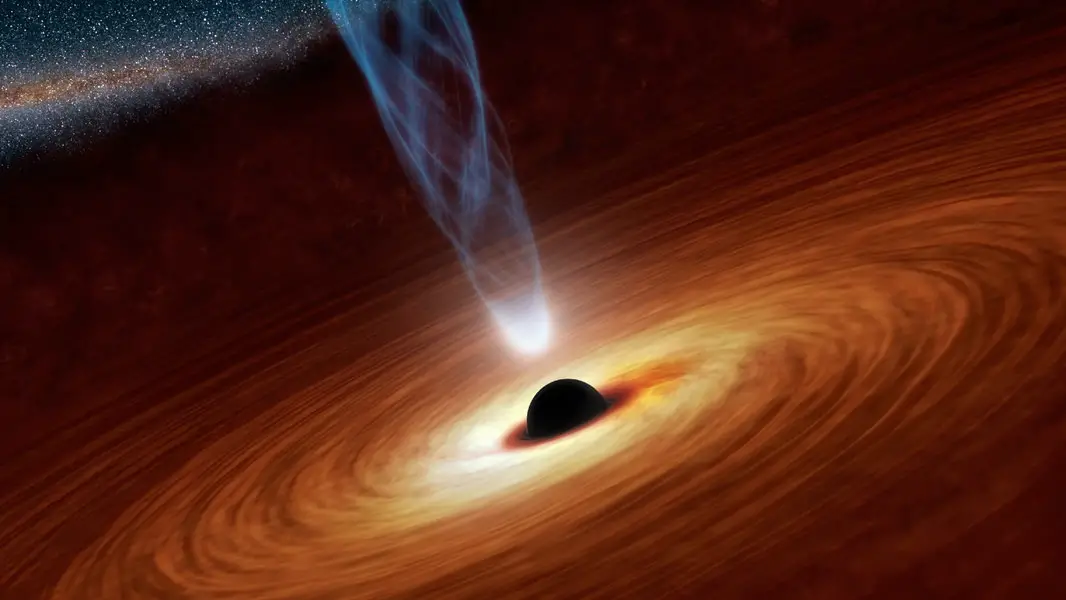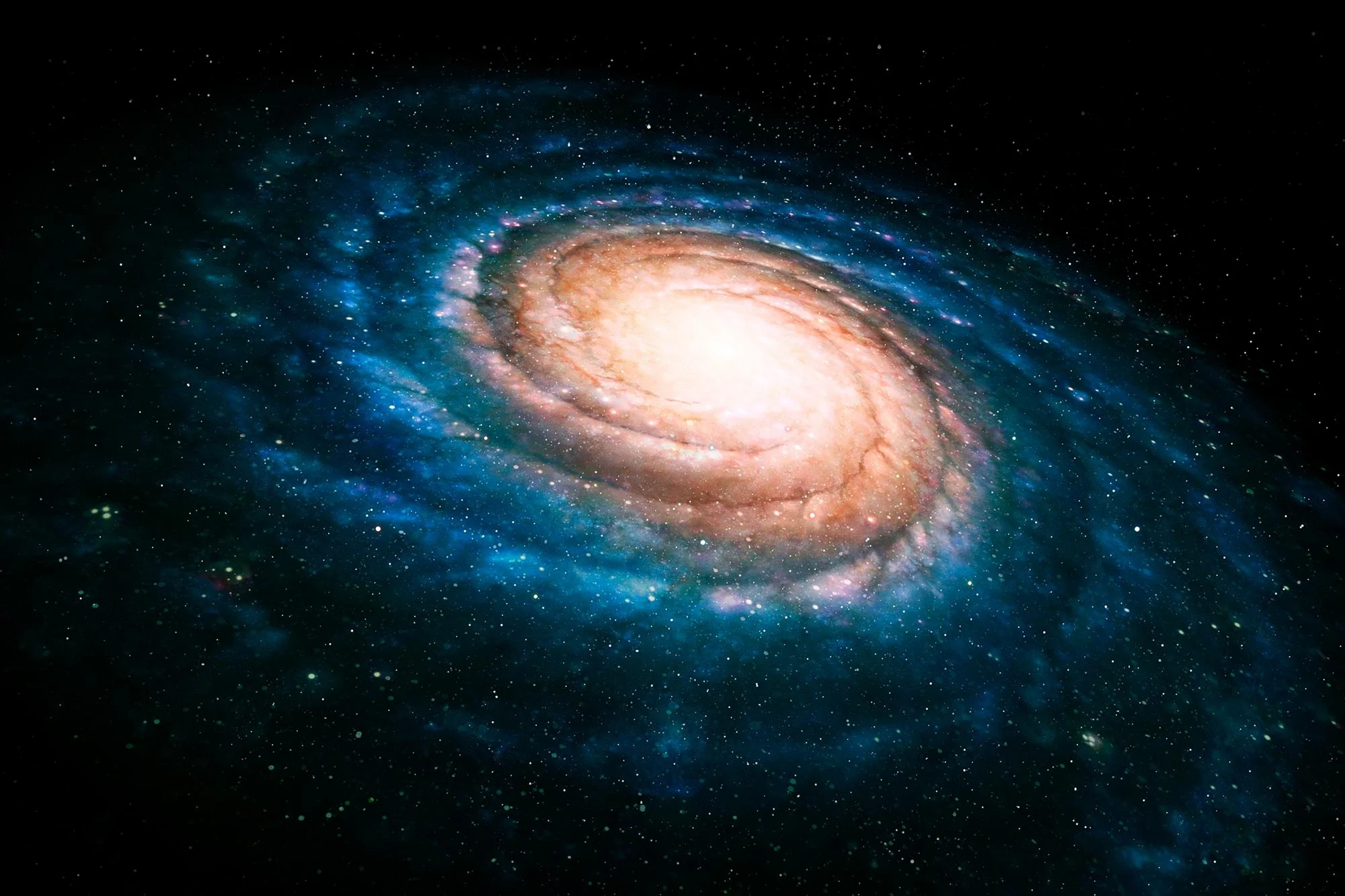A newly discovered asteroid has a higher impact probability than most tracked space rocks!
Key Takeaways:
- Astronomers have identified asteroid 2024 YR4, which has a 1-in-83 chance of impacting Earth in December 2032.
- The 196-foot-wide asteroid is currently ranked high on risk assessment lists by both NASA and ESA.
- If it hits, the impact could cause an atmospheric explosion or create a crater, depending on its composition.
- Scientists emphasize that the asteroid’s trajectory is still uncertain, and the most likely outcome is a near miss.
- More precise data on 2024 YR4’s size, composition, and orbit will emerge by 2028, helping astronomers refine impact predictions.
A newly discovered asteroid, designated 2024 YR4, has captured the attention of astronomers worldwide due to its relatively high probability of striking Earth. Identified by the ATLAS project in 2024 and later confirmed by the Catalina Sky Survey, this near-Earth object (NEO) is approximately 196 feet (60 meters) wide and currently located 27 million miles from Earth. According to NASA’s Center for Near-Earth Object Studies (CNEOS), the asteroid will make a close approach on December 22, 2032, passing within 66,000 miles (106,200 kilometers) of Earth. However, given uncertainties in its orbital trajectory, scientists caution that a direct impact remains a possibility.
Recently-discovered #asteroid 2024 YR4 may make a very close approach to Earth in 8 years. It is thought to be 40-100 meters wide. Uncertainty is still high and more and more observations are needed confirm this. pic.twitter.com/u8PvZg3jaw
— Tony Dunn (@tony873004) January 28, 2025
NASA and the European Space Agency (ESA) have classified 2024 YR4 as one of the most significant impact risks currently tracked, placing it at level three on the Torino Scale. This ranking indicates a close encounter that warrants continued monitoring. Data analyst and asteroid hunter David Rankin noted that the odds of impact have increased to 1 in 83, one of the highest probabilities recorded for an asteroid of this size.
Uncertain Risks and Future Observations
Despite these concerns, astronomers stress that it is too early to panic. Rankin and other experts highlight that new observations will likely refine the asteroid’s path, reducing the uncertainty surrounding its potential impact. The estimated “risk corridor” extends from South America across the Atlantic to sub-Saharan Africa. However, further analysis is needed to determine whether 2024 YR4 will ultimately collide with Earth or safely pass by.
The composition of the asteroid remains unknown, but its material makeup will significantly influence the potential consequences of an impact. If composed of rocky material, it could cause an airburst similar to the Tunguska event of 1908, which flattened 80 million trees across 830 square miles (2,150 square km) in Siberia. If made of iron, it could penetrate the atmosphere and create an impact crater. Given these uncertainties, astronomers hope to gather more precise data during 2028, when the asteroid will make a less dangerous approach within 5 million miles (8 million km) of Earth.
Until then, astronomers will continue monitoring 2024 YR4 using high-powered telescopes, refining predictions and preparing for potential planetary defense measures if necessary.
